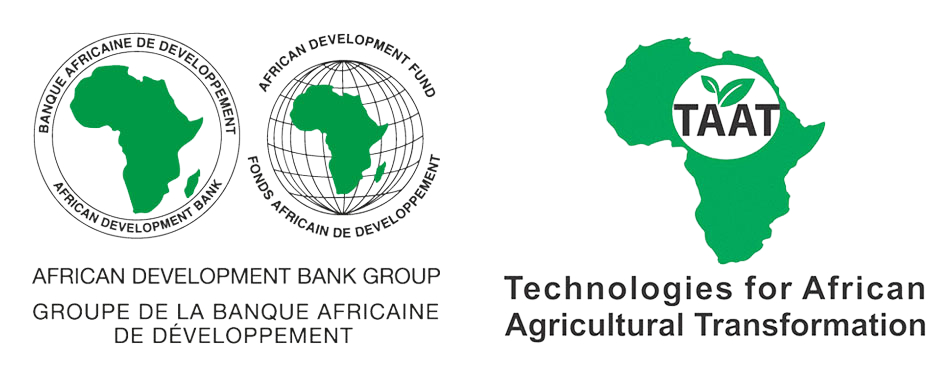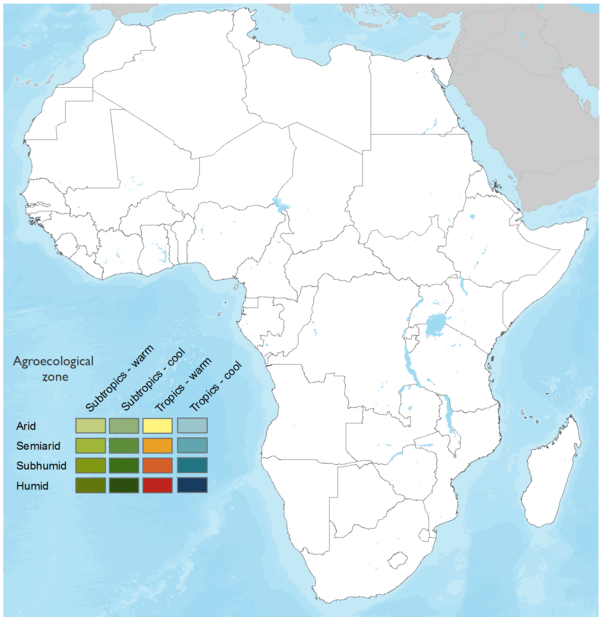

Making Cassava Seed Systems Work Better
ME-CASS is a strategic digital platform that enables development agencies to monitor and strengthen national and regional cassava seed systems. It offers clear data on how improved varieties move through the seed value chain—from breeder to farmer—and provides visibility on key performance indicators such as adoption rates, seed quality, and market reach.
By integrating ME-CASS into large-scale agricultural programs, development partners can ensure more effective resource allocation, improve traceability across countries, and support results-based reporting. The system also enhances coordination among implementing partners, government bodies, and private actors, making interventions more targeted, scalable, and impactful.
This technology is pre-validated.
Adults 18 and over: Positive low
System designed to help monitor and manage the activities of adults 18 and over
The poor: Positive low
System designed to help monitor and manage the activities of the poor
Under 18: Positive low
System designed to help monitor and manage the activities of people under 18
Women: Positive low
System designed to help monitor and manage the activities of women
Development agencies can use ME-CASS to improve monitoring, coordination, and impact assessment across cassava seed system programs. Here are the core elements to include when integrating ME-CASS into large-scale projects:
Align with national systems: Work with government agencies to host ME-CASS within existing seed certification or monitoring frameworks.
Support a core implementation team: Fund or coordinate a small, trained team to manage data collection, validation, and reporting.
Define common indicators: Agree with partners on what to track—seed flow, producer performance, variety adoption, or EGS output.
Ensure cross-actor coordination: Use ME-CASS as a shared platform where governments, NGOs, and private actors report and view progress.
Pilot and scale: Start with focused pilots in key regions, then expand to other countries or crops based on results.
Use data for adaptive management: Regularly review ME-CASS outputs to adjust implementation strategies and improve impact.
Link to M&E systems: Align ME-CASS data with your program’s monitoring and evaluation framework to simplify reporting.
Plan for sustainability: Design an exit or handover strategy to local institutions for long-term use of the platform.
Open source / open access
Scaling Readiness describes how complete a technology’s development is and its ability to be scaled. It produces a score that measures a technology’s readiness along two axes: the level of maturity of the idea itself, and the level to which the technology has been used so far.
Each axis goes from 0 to 9 where 9 is the “ready-to-scale” status. For each technology profile in the e-catalogs we have documented the scaling readiness status from evidence given by the technology providers. The e-catalogs only showcase technologies for which the scaling readiness score is at least 8 for maturity of the idea and 7 for the level of use.
The graph below represents visually the scaling readiness status for this technology, you can see the label of each level by hovering your mouse cursor on the number.
Read more about scaling readiness ›
Semi-controlled environment: prototype
By the whole project team + project partners
| Maturity of the idea | Level of use | |||||||||
| 9 | ||||||||||
| 8 | ||||||||||
| 7 | ||||||||||
| 6 | ||||||||||
| 5 | ||||||||||
| 4 | ||||||||||
| 3 | ||||||||||
| 2 | ||||||||||
| 1 | ||||||||||
| 1 | 2 | 3 | 4 | 5 | 6 | 7 | 8 | 9 | ||
| Country | Testing ongoing | Tested | Adopted |
|---|---|---|---|
| Nigeria | –No ongoing testing | Tested | Adopted |
| Tanzania | –No ongoing testing | Tested | Adopted |
This technology can be used in the colored agro-ecological zones. Any zones shown in white are not suitable for this technology.

| AEZ | Subtropic - warm | Subtropic - cool | Tropic - warm | Tropic - cool |
|---|---|---|---|---|
| Arid | – | – | – | – |
| Semiarid | – | – | – | – |
| Subhumid | – | – | – | – |
| Humid | – | – | – | – |
Source: HarvestChoice/IFPRI 2009
The United Nations Sustainable Development Goals that are applicable to this technology.

By improving seed system efficiency and traceability, ME-CASS supports smallholder farmers' access to high-quality cassava varieties, helping increase productivity and income.

Ensures reliable delivery of improved cassava varieties that enhance food security and reduce seasonal food gaps.

Indirect contribution through support to nutrient-rich cassava varieties and reduction of unsafe planting materials.
Last updated on 30 June 2025